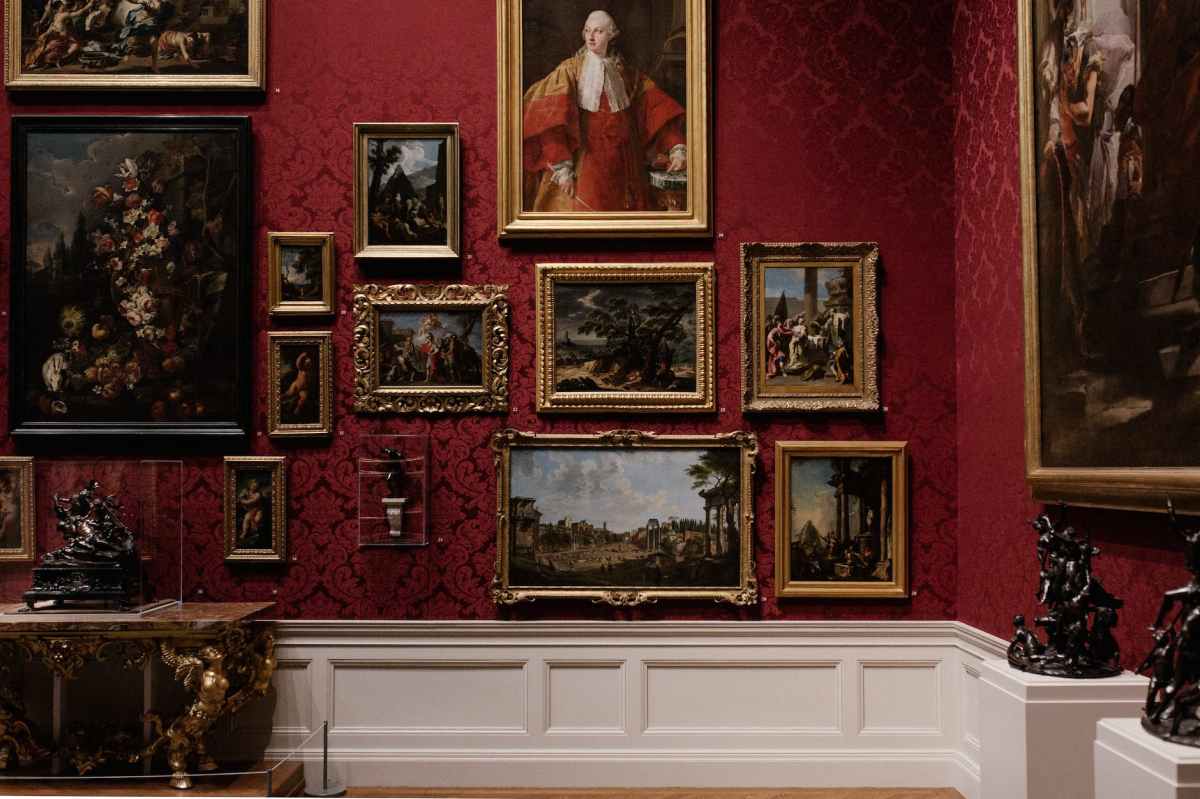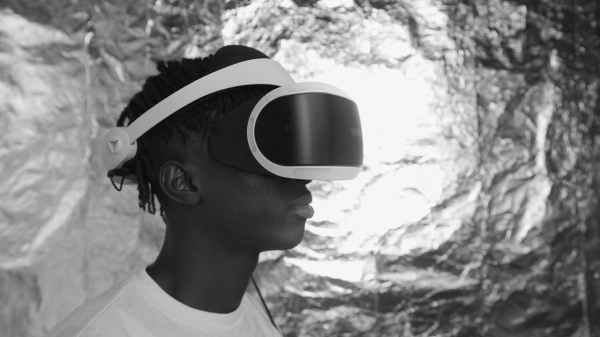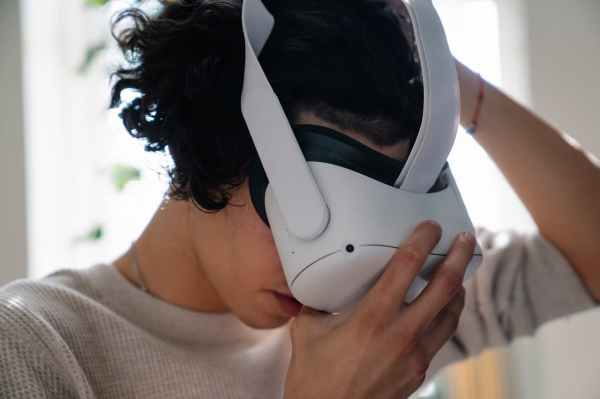Before knowing how virtual reality (VR) can be applied to art and culture, what exactly does this technology consist of?
Virtual reality can be defined as the ability to take us to alternative digital worlds in which we stop perceiving the real world due to the total immersion we reach with the help of accessories such as glasses, controllers, gloves, headphones or even haptic suits.
The development of lighter devices, as well as the improvement of resolution and visual quality foresees a future in which the limits of virtual reality may be unimaginable by today’s standards.
Virtual reality (VR) has countless applications in different fields, from education to entertainment linked to the world of sports, as well as cultural and artistic.
It is on the latter that we are going to focus.
Concerts in VR
In line with the development of devices that we mentioned earlier, we can point out that to enjoy a concert in virtual reality, having the latest generation of devices (which are also generally the most expensive) is not a prerequisite to enjoy these immersive musical experiences.
But what exactly do we mean by a virtual reality concert?
By a VR concert we can simply mean anything from one that is enjoyed with a VR headset to one that features action projections using 360° videos. Because this technique records all angles of an environment, movement within the area can be simulated.
But it can go even further: not only can you attend a concert as if you were in physical reality; it offers possibilities such as living the event on stage, experiencing a cultural experience in which, thanks to technology, distances and even time limits disappear.
Some examples of virtual reality concerts are the performances of Ariana Grande in Fortnite, Justin Bieber in Wave or Billie Eilish in Meta Quest.
Virtual reality for museums and exhibitions
Although there may be those who argue that visiting a museum virtually can never be the same as visiting it physically, the fact is that the elimination of physical distances considerably increases the possibilities of access to a very large number of people who cannot travel to the institution in question.
In general terms, these are the main applications of virtual reality in museums:
Virtual visits to exhibitions
For art lovers, visiting the great art galleries of the world can stop having an economic cost associated with travel to the different cities that host them.
With a simple VR glasses you can visit any museum or exhibition, with the added advantage that there are no time limits that prevent us from extending in our favorite room as long as we want.
We will even be able to visit temporary exhibitions that are physically no longer available in the buildings that house the museums.
The Prado Museum, for example, allows us to explore its rooms virtually with the best image quality and even with audio tours led by the curators.
Interactive experiences with works of art
A further step of the previous application in the specific interactive experience with specific works of art and not with the institution that hosts them.
Virtual reality allows you to practically get inside the works of art to get to know them and study them in detail, with the possibility of 360-degree exploration or even virtual manipulation of objects.
This interactivity generates a greater degree of interest and participation of visitors, with the advantages that this can also have in areas such as education.
An example of this possibility is the option of contemplating La Gioconda beyond the icon to explore everything there is behind the well-known portrait by Leonardo da Vinci.
Historical recreations
To contextualize works and conceive them with the historical dimensions of the time in which they were generated, historical recreations are a useful application of virtual reality to the cultural world.
Museums of other types, such as natural science museums, can also benefit from this use by allowing visitors to move into the specific ecosystems of flora or fauna. A possibility that can be combined with historical recreation in the case of talking about extinct animal species.
An example of these historical recreations is the Loarre castle, a medieval building from the 11th century (also famous for being the prison of the series El ministerio del Tiempo) that offers the possibility of visiting it from anywhere in the world without having to travel to the province of Huesca thanks to virtual reality.
New virtual art
In addition to the different options for enjoying existing art, virtual reality also allows for the creation of new works.
These new forms of artistic expression include the design of original environments in which multisensory virtual experiences are generated in which visitors are no longer passive subjects, but become involved as an active part of the artistic installation.
New artistic realities that also share their space with other growing technologies such as NFTs and the metaverse.
Conclusion
Without going into more subjective questions such as whether the degree of enjoyment of a virtual event can be comparable to the real one, what is undeniable is that the advance of technology in general and virtual reality in particular allows a greater diffusion of cultural events or exhibitions that historically have been limited to the physical availability of attending them.







